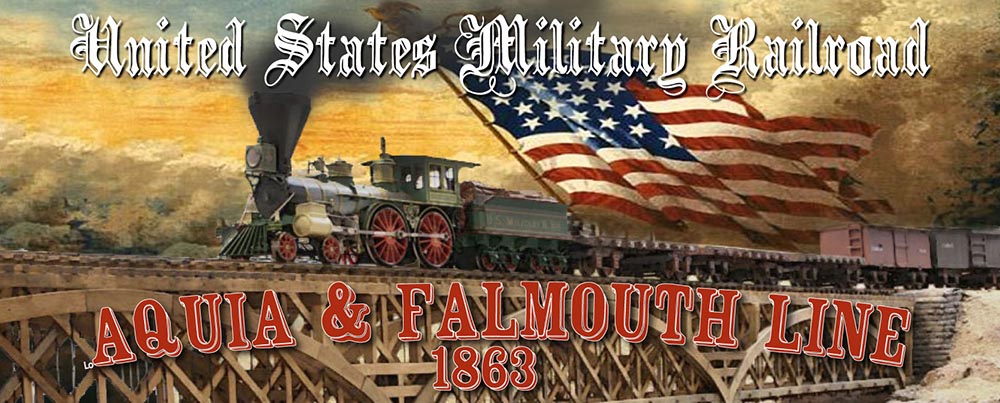 |
| La nécropole nationale de Douaumont |
I just completed a great trip to northern France with my wife, brother, his wife and two of my brother's in-laws. In the 8 days we covered a lot of ground. We visited several sites with military history significance. We did not see too many rail related sites, but one or two did sneak in.
Some of the highlights included the L'Hôtel des Invalides in Paris. It is a fantastic military history museum. It covers many of the eras of French military history. My wife found the WWII history section very intriguing. After reading how the Germans captured France in 40 days by moving through the largely undefended Ardennes, she commented, "Well, they really had some bad intel."
 |
| A WWI diorama in the Hotel Des Invalides |
I also enjoyed the WWII section, particularly how the French museum was very honest and matter of fact about the early parts of WWII. But I also found the Napoleonic, Franco Prussian, and WWI eras very interesting.
I know very little about the Napoleonic era (by design - I know it is a bottomless vortex of fascinating history. So I try to stay away lest I be sucked in never to reemerge.) I know even less about the Franco-Prussian War. So it was interesting to get a bit more exposure to those subjects.
 |
| Impressive model of Mt St Michel in the Musée des Plans-Reliefs |
 |
Another of the 10 or some models on display at the
Musée des Plans-Reliefs |
The model builder in me really was fascinated by the top floor of the L'Hôtel des Invalides where the Musée des Plans-Reliefs was located. This is a collection of 3D maps made hundreds of years ago for defensive planning purposes. The detail on these century old models was incredible.
 |
Rob and Alicia survey the view of from one of the
German Bunkers on the golf course. That is Port
Bessin-du-Huppain in the distance. |
 |
| One of the few surviving guns at Longues-sur-Mer |
 |
A view of the Omaha Beach area from the German Battery at Longues-sur-Mer. The terrain was much more
rugged than I expected. I can see why it was such a bloody fight. |
Next we visited Normandy where we played golf at the Omaha Beach Golf Club. This course has 36 holes that literally sit on the edge of Omaha Beach, one of the toughest fights on D-Day. The sixth hole of the Course la Mer has former German bunkers next to the green.
I was happy to birdie two holes, but got a bogie on Gen. Patton's hole (I wonder if he would have slapped me?) All the holes are named after leaders, heroes and battles in that campaign.
We also got to see the German artillery battery at Longues-sur-Mer and the remains of the artificial port at Arromanches. Some of the Mulberry cassions are still visible at the port.
 |
| Panorama of the remains of the artificial Mulberry port at Arromanches |
Later in the week we toured the Verdun Battlefield especially le Fort de Douaumont and the memorials there. The shell pocked ground and 16,000 graves provide a sobering reminder of the folly that is war.
 |
| View toward the northwest from le Fort de Douaumont near Verdun. |
 |
| Craters still pockmark much of the ground in this area. |
 |
| One of the gun turrets at le Fort de Douaumont |
Overall, we had great time, despite all the somber battlefield visits. Just about everyone we met was friendly and gracious. My high school French came in quite handy, as our French hosts were very appreciative of our attempting to speak in their native tongue.

I was fortunate enough to do something very similar a few years ago. My wife and 14 year old daughter spend a day on Utah and Omaha Beaches, Pont du Hoc, Carenten and Ste Mary Eglise. Neither wife nor daughter are that interested in history, but were awed by the evident difficulties of Omaha Beach (although taken aback by the cottages now on the beachfront) and Pont du Hoc and we were all moved beyond speech by the American Cemetary.
ReplyDeleteLater, I took a private tour of WWI's Belleau Wood and the surrounding area, especially a nearby hill where my (literal) "Old Breed" USMC Sgt grandfather fought. This was private farm and woodland where nothing has much changed since 1918: you could easily see the individual Marine foxholes, German machine gun emplacements, and shell holes,and we scooped up shell casings and the metal parts of a gas mask just by reaching down. In Belleau Wood itself, the stumps of recently cut trees all showed a dark ring of iron and lead about 100 annual rings in from absorbing the ordinance from Summer 1918 and arriving at the American Cemetary just as taps was being played was as moving as Normandy.
Both worthwhile and humbling experiences, Neither my French nor golf game, however, would improve Franco American relations,